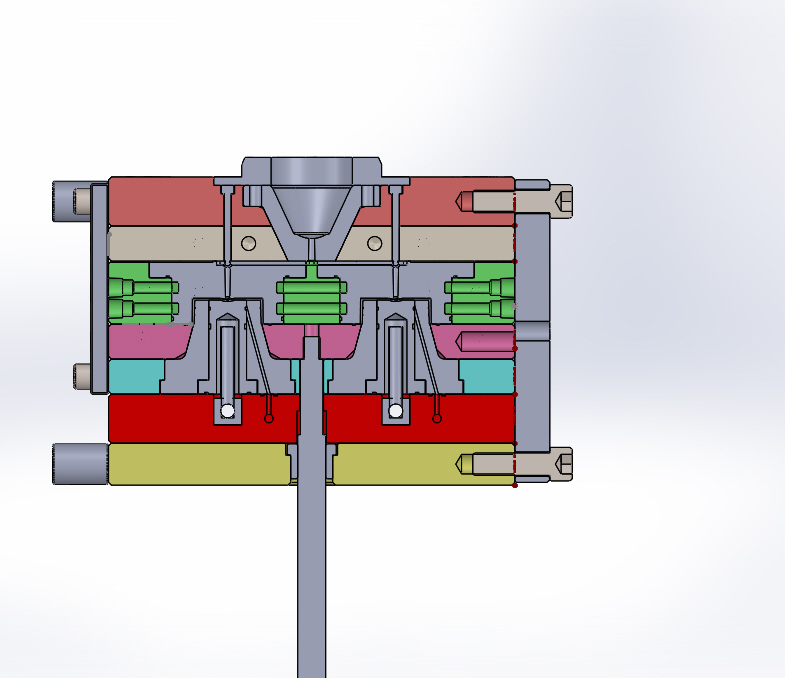- Home
- Lean Principles
- Machine Selection
- Mold Design
- Mold Interlocking
- Mold Making
- Plastic Material Technology
- Molding Process
- Plastic News
- What's New
- Privacy Policy
- Disclaimer
- Site Map
- Poll
- Polishing
- 3D Rapid Prototyping
- Molding Companies
- Contact Us
- Proven Thinwall Packaging Mold Designs For Sale
- MOLD WEIGHT CALCULATOR
- HOT RUNNER VERSUS COLD RUNNER
Medical Device Injection Molding
The medical device injection molding process is used to produce parts because of it ability to produce large quantities with consistent quality and low unit costs.
Medical injection molding also offers a large degree of freedom in part design so many different shapes and sizes can be produced.
On top of this, the range of plastic materials available for medical injection molding is large for both commodity materials such as PP and engineering materials such as PVC.
However, medical injection molding is not without its challenges and to be successful the following issues require serious consideration.
High Investment Cost
Medical injection molding requires a high degree of cleanliness so factory buildings with clean rooms are a necessity. The injection molding process, part assembly and packaging take place inside a clean room.
Clean rooms are significantly more expensive to build compared with factory buildings in other plastic injection molding industries such as automotive.
Other cost requirements for medical device injection molding are for rapid prototyping equipment, quality injection molding machinery, robotics, injection molds and equipment for the vast array of secondary operations.
In addition to this, the ISO 13485:2003 quality management system certification is a requirement to do business with Australian, Japanese, American and European medical industries. The certification costs tens of thousands of $US and takes several months to implement.
Annual ongoing audits and costs are required to maintain the certification. Click here to learn more http://www.standards.org/standards/listing/iso_13485
Despite all of the costs of the certification, the 2 main benefits are: potential for more customer leads and improved efficiency within the organization. These are invaluable.
Training
Because quality and costs are paramount, employees must be properly trained in correct practices in the following areas:
· R&D
· Part design
· Plastic material selection (commodity and engineering materials)
· Rapid prototyping technology (sls, sla, rapid tooling, 3D printing)
· Mould design
· Moulding machine process technology
· Moulding machine process monitoring
· Secondary operations (such as ultrasonic welding)
· Sanitation standards
· Quality standards
Training will pay for itself many times over in the long term. It encourages people to think for themselves, solve problems when they arise and increases employee morale.
Project Management
For any new product, project management will ensure good communication between all relevant people including toolmakers, product designers, injection molders, medical field experts and plastic suppliers.
Bringing people together at the right times and in the right environment is the only way to have a good outcome.
Flexibility
Because medical device designs are constantly being developed and improved, it is important that an injection molding company be able to adapt in order to maintain and build market share.
Also, because molding machine technology and automation are constantly improving, it’s just as important to continually invest in new equipment in order to maintain competitiveness.
Additional Comments
To be successful in medical device injection molding, molders must provide a full range of services. Not only must they produce quality medical devices on time, but also must be able to add value to the devices by providing secondary operations.
In addition to this, they must be involved in the development of any new medical device so any potential manufacturing pitfalls can be eliminated before the project is started.
Return from Medical Device Injection Molding to Plastic injection Molding Machine Selection
Return from Medical Device Injection Molding to HomePage





